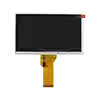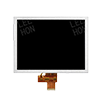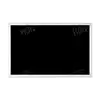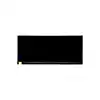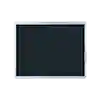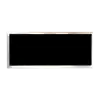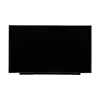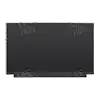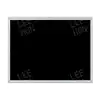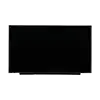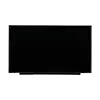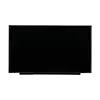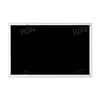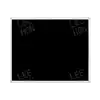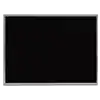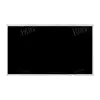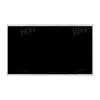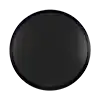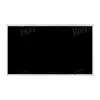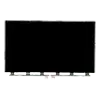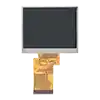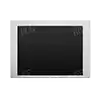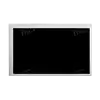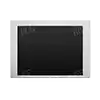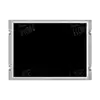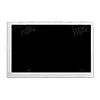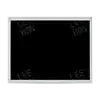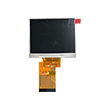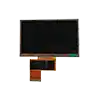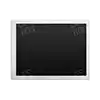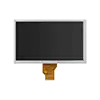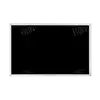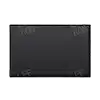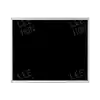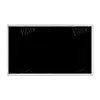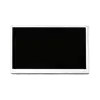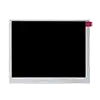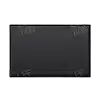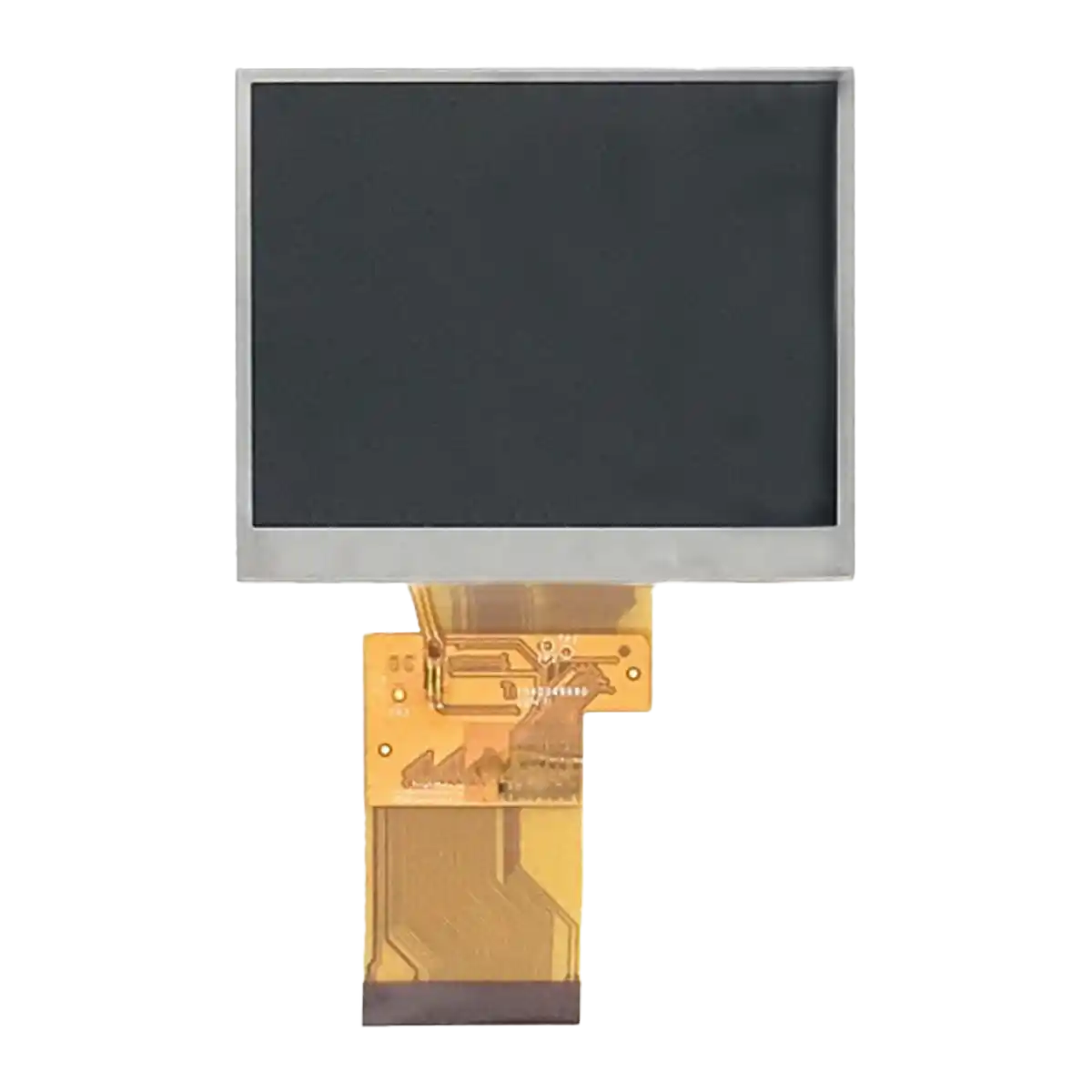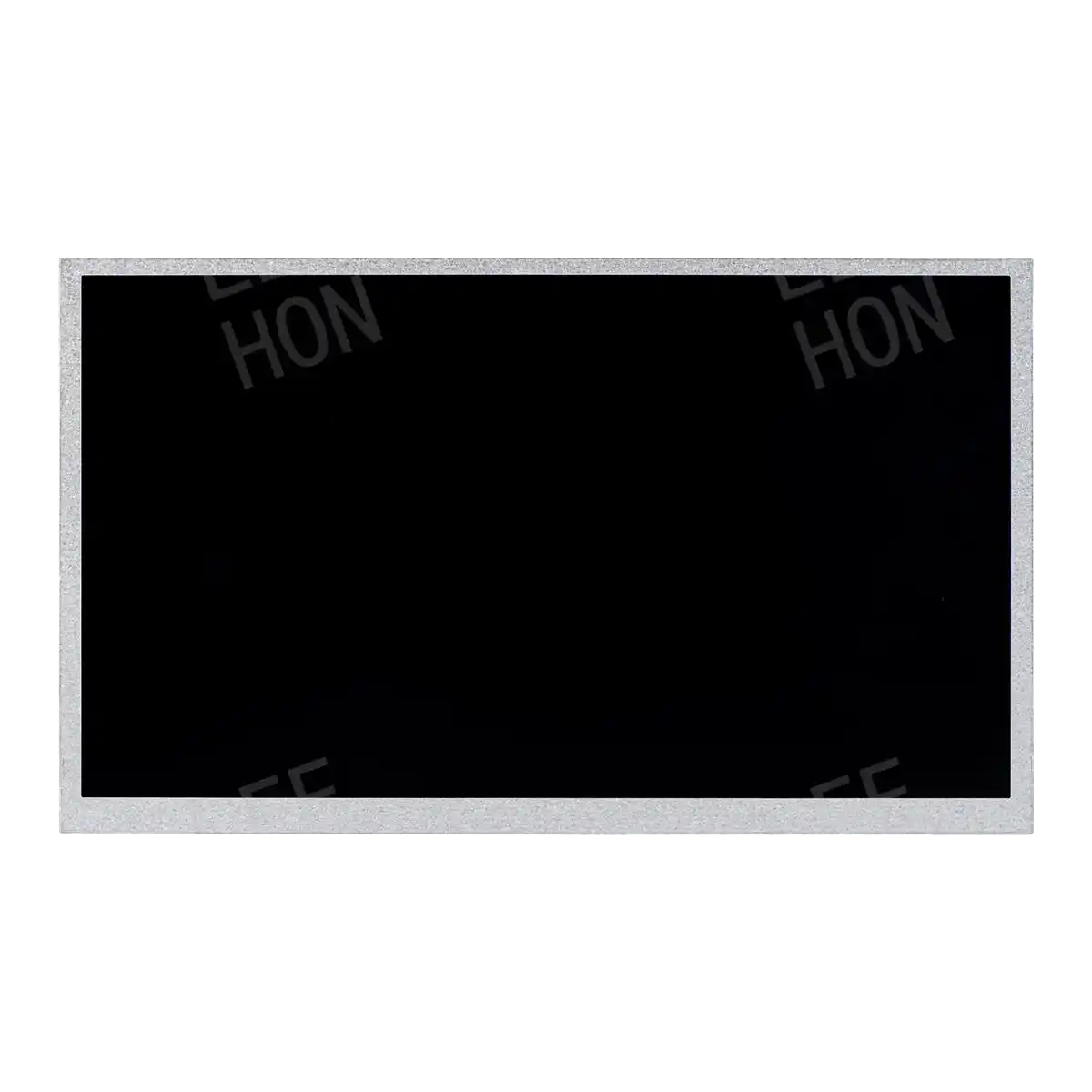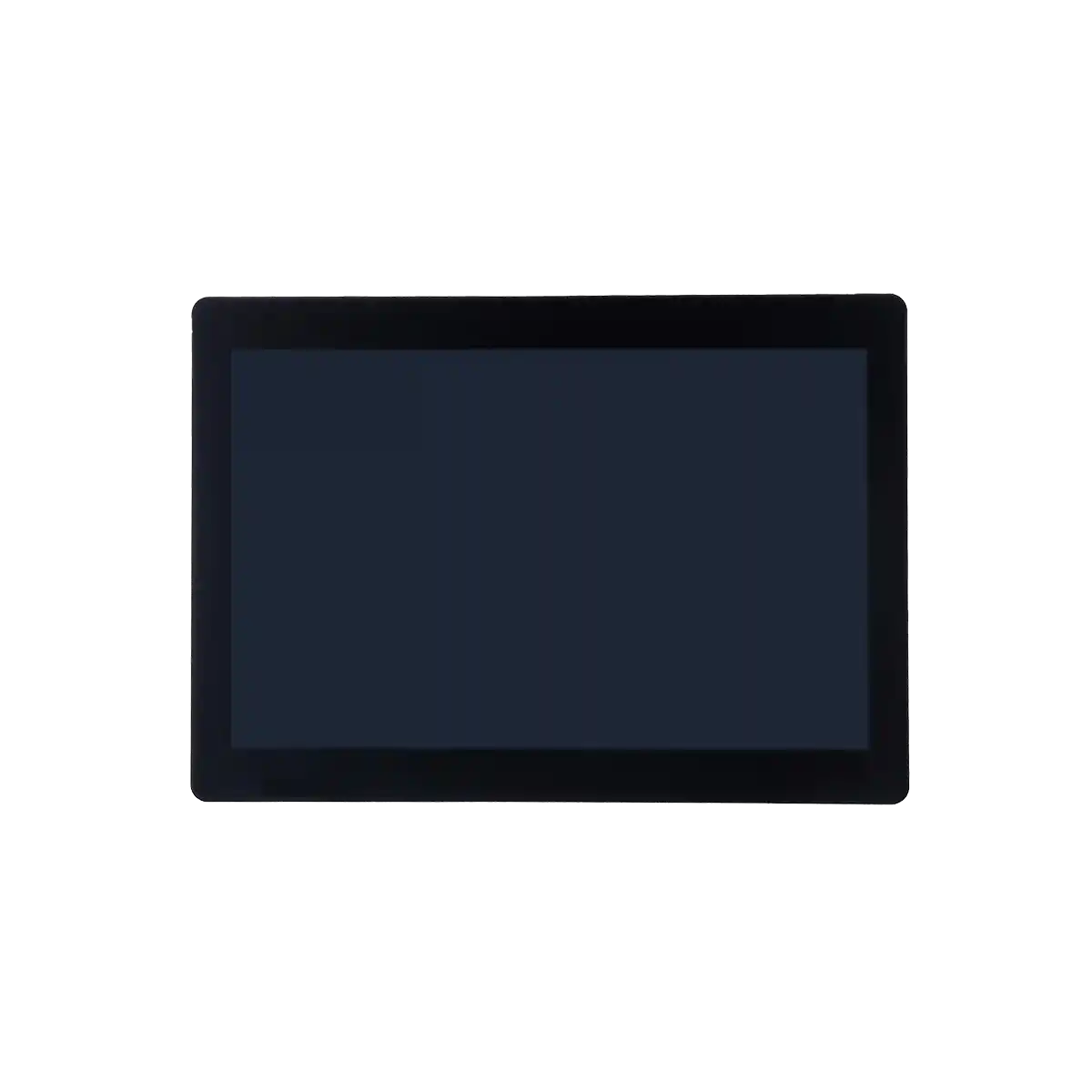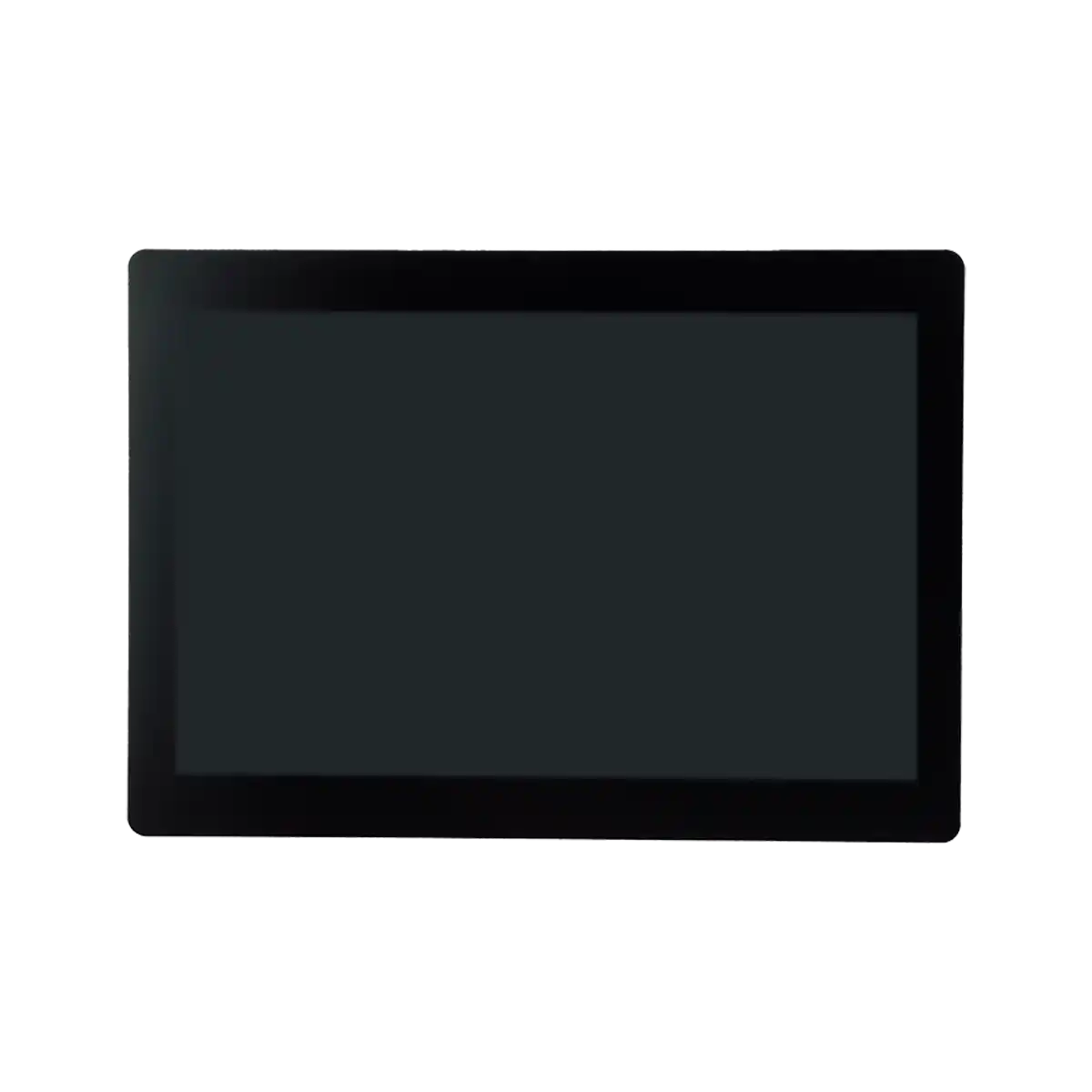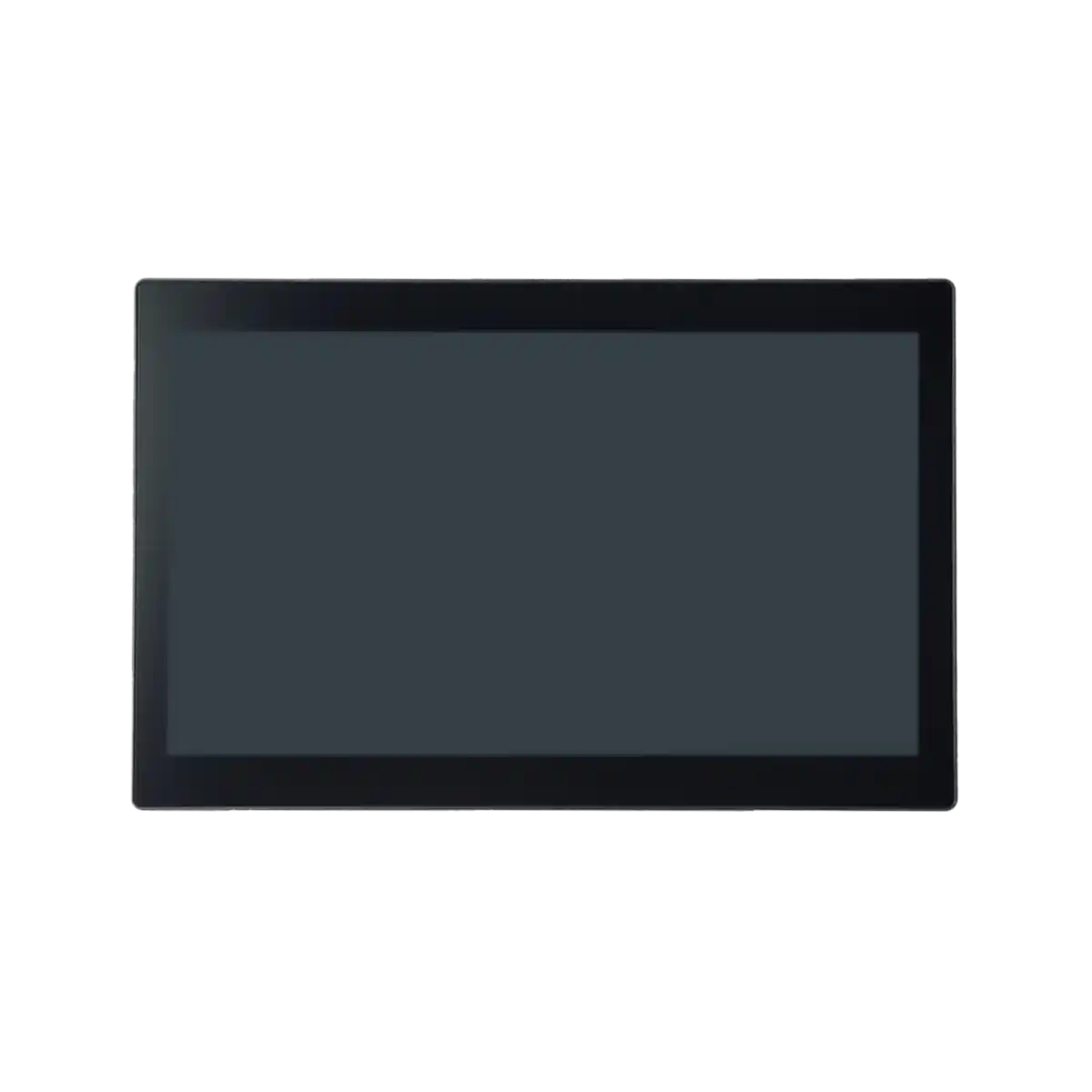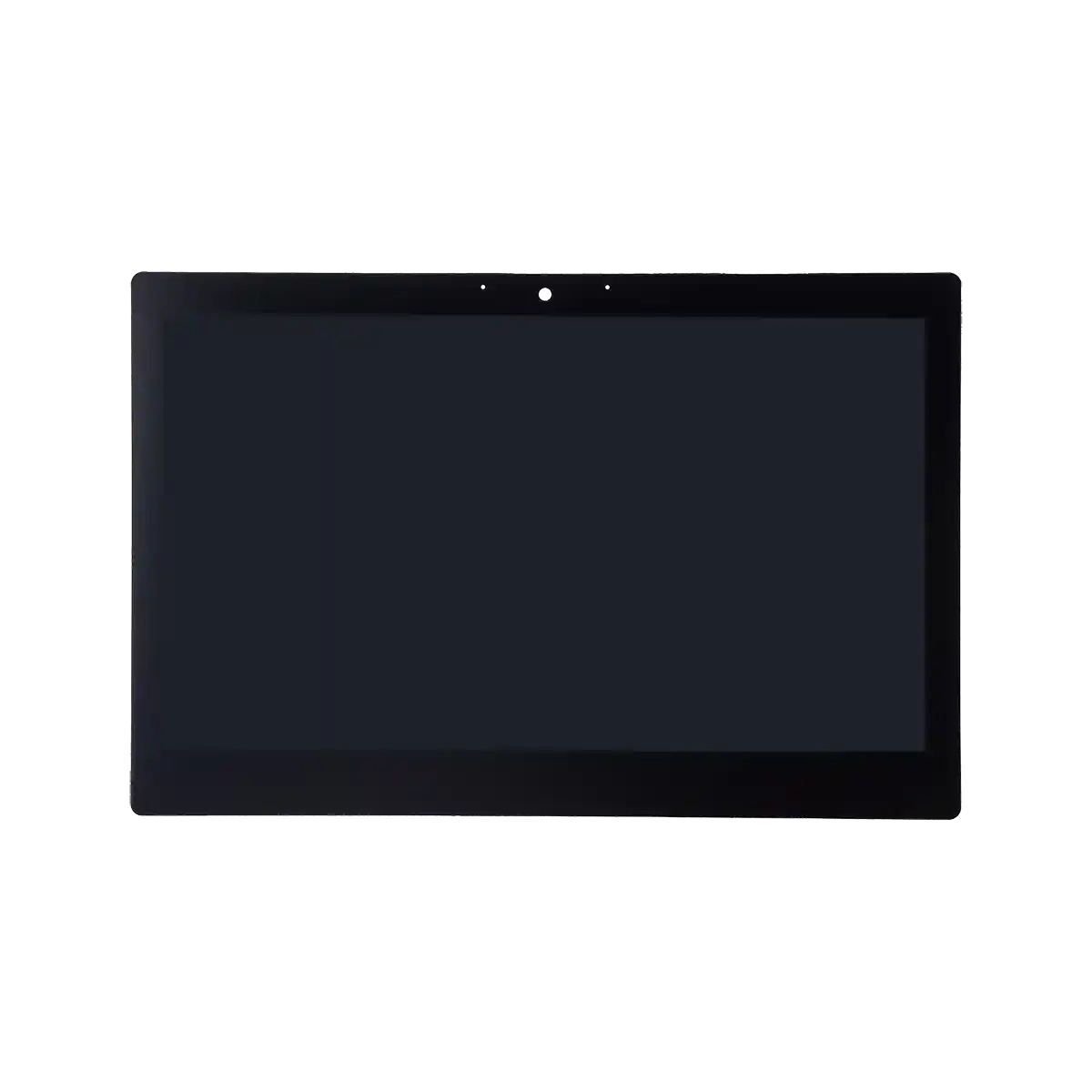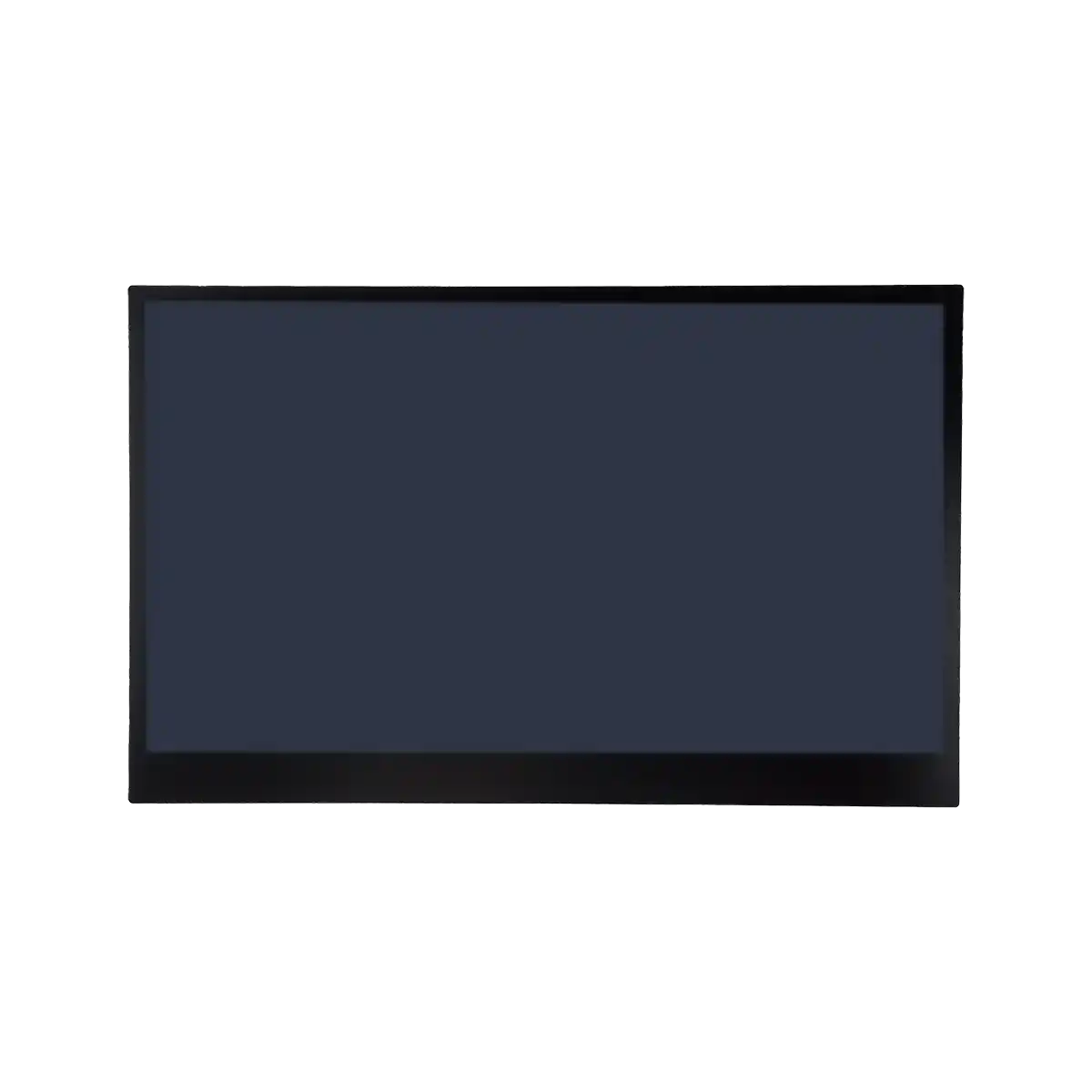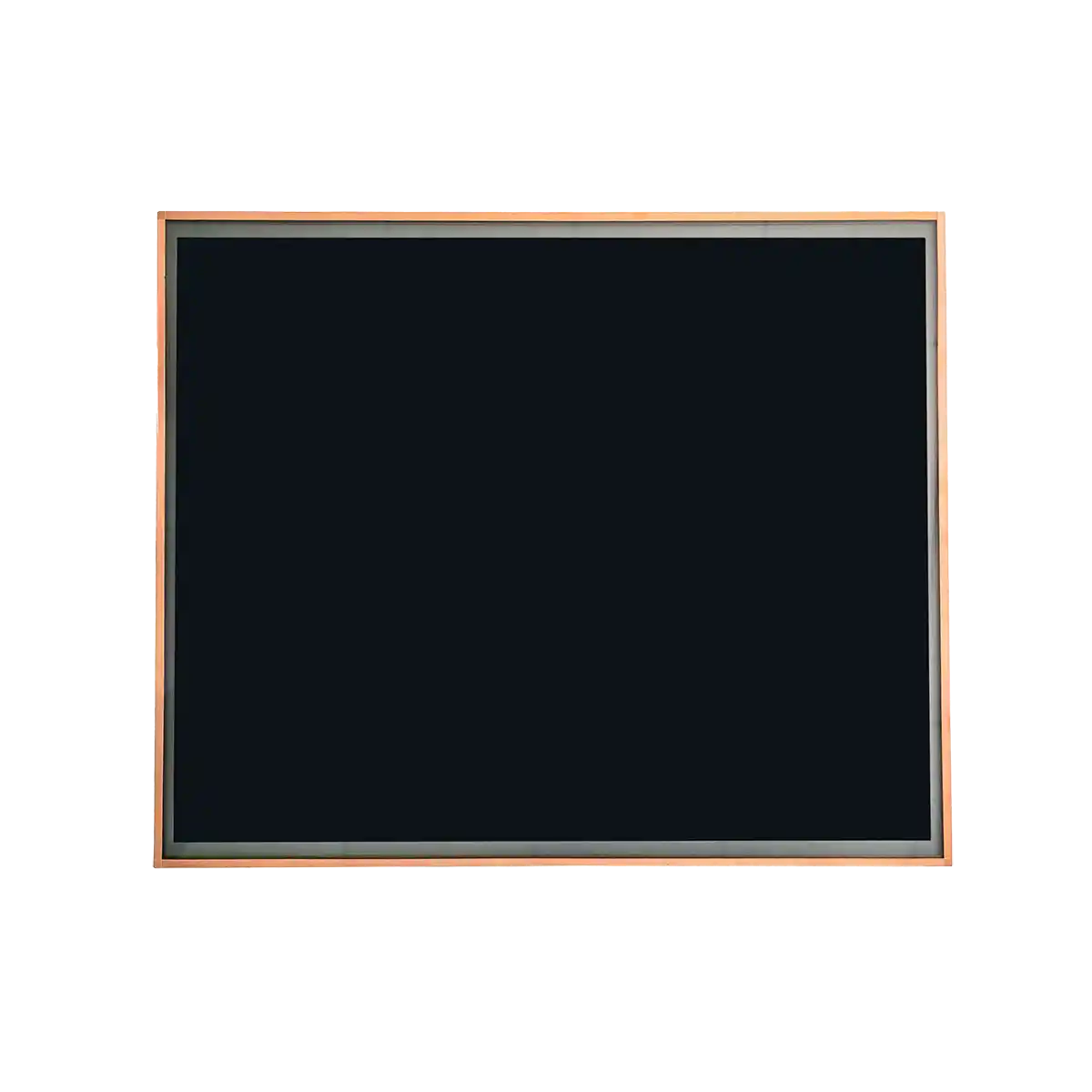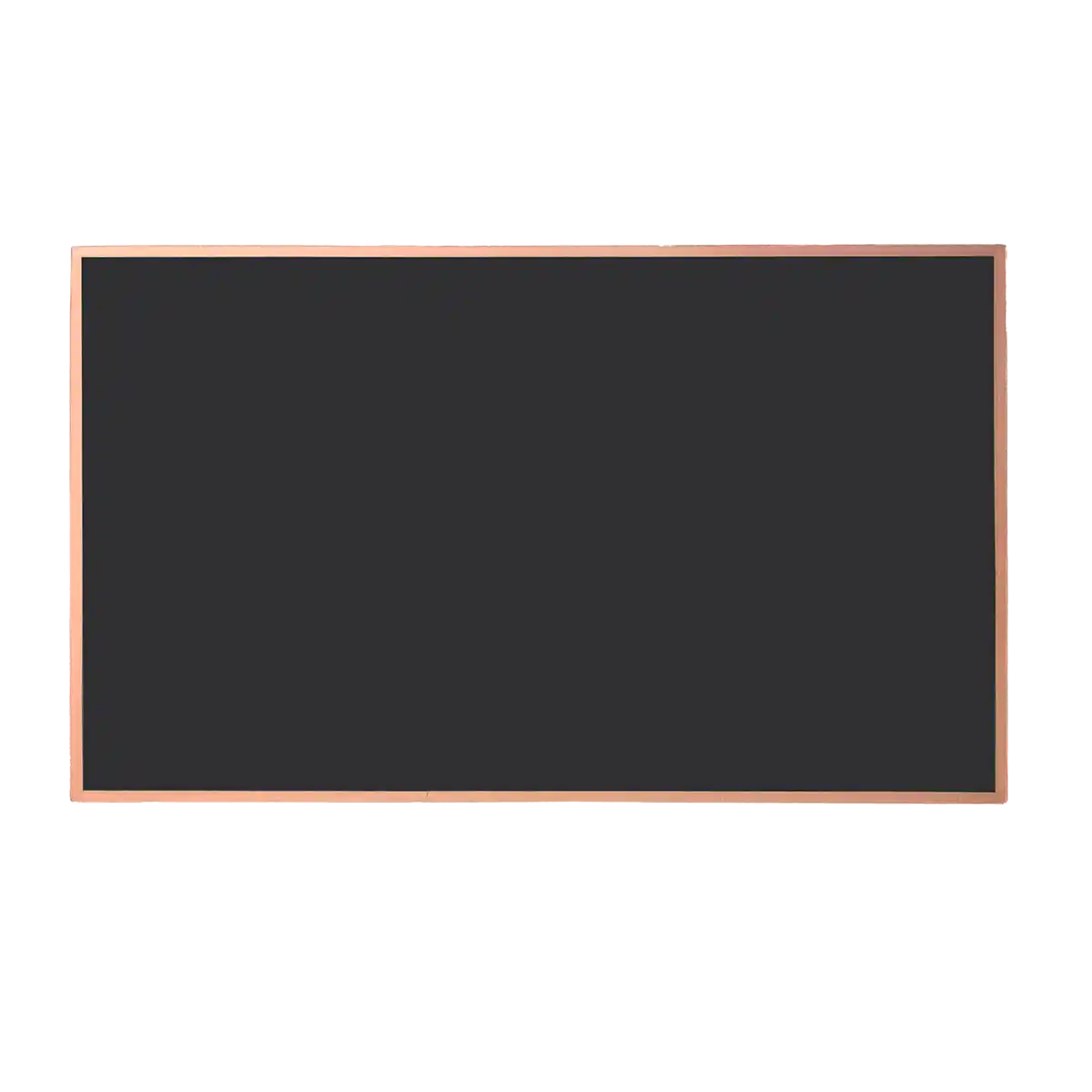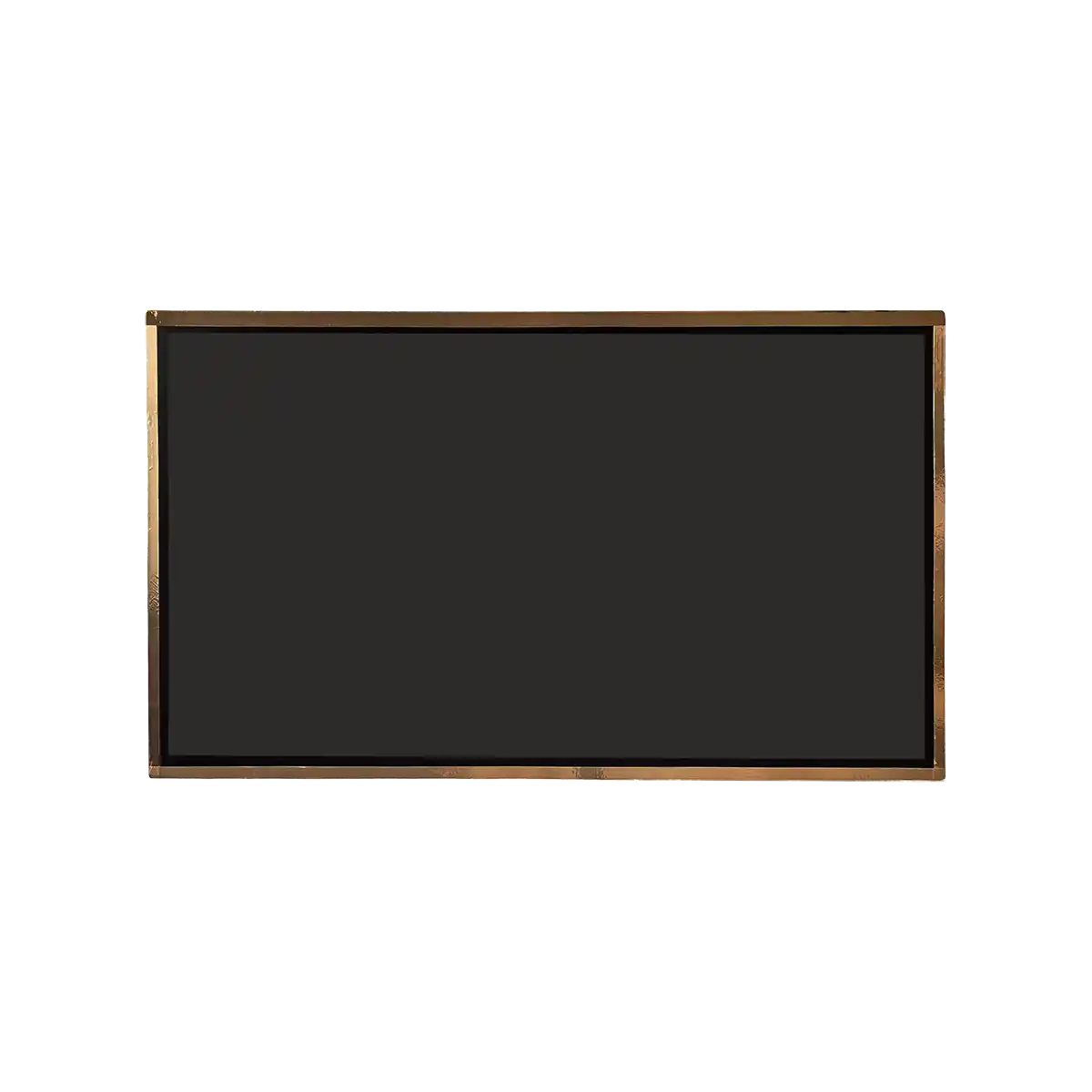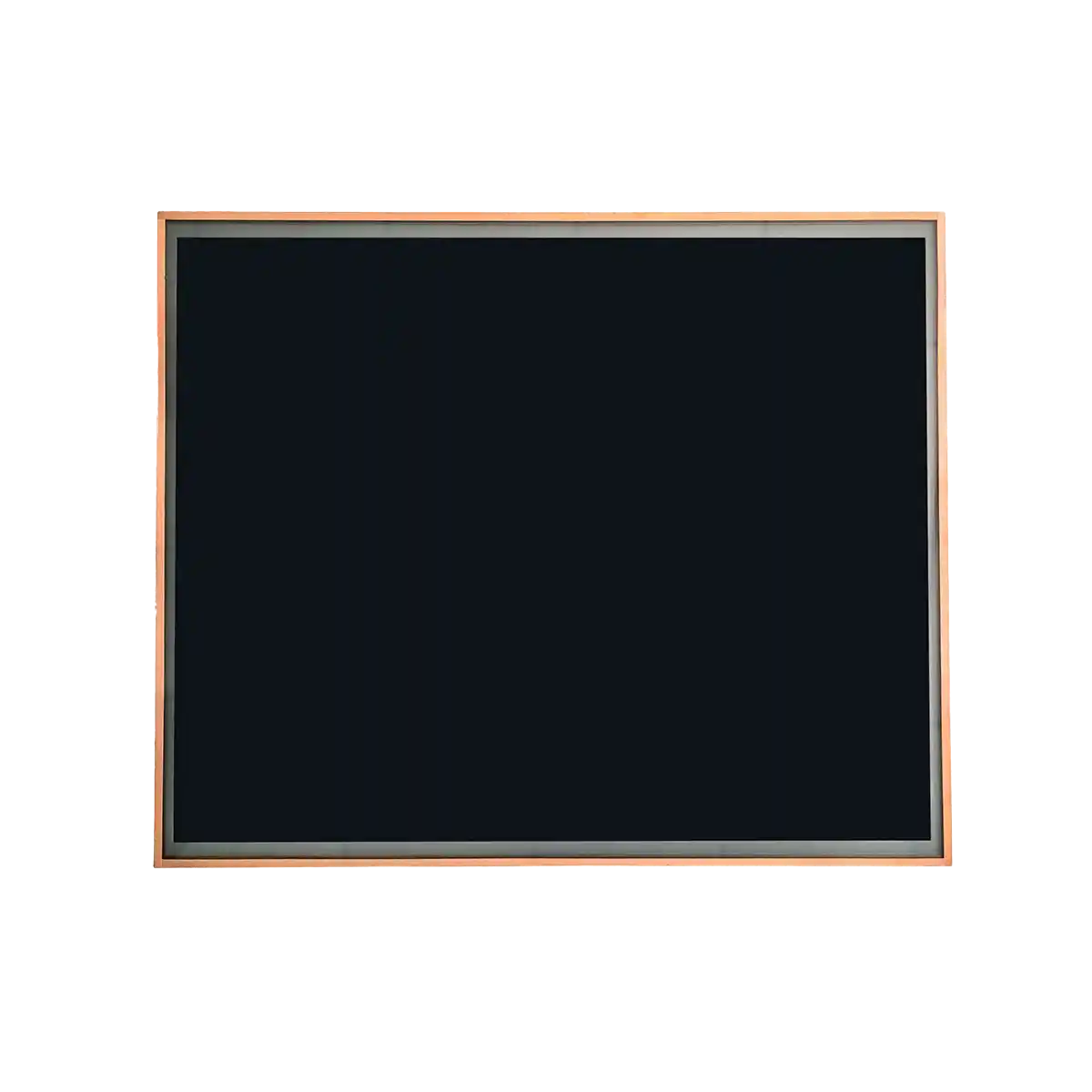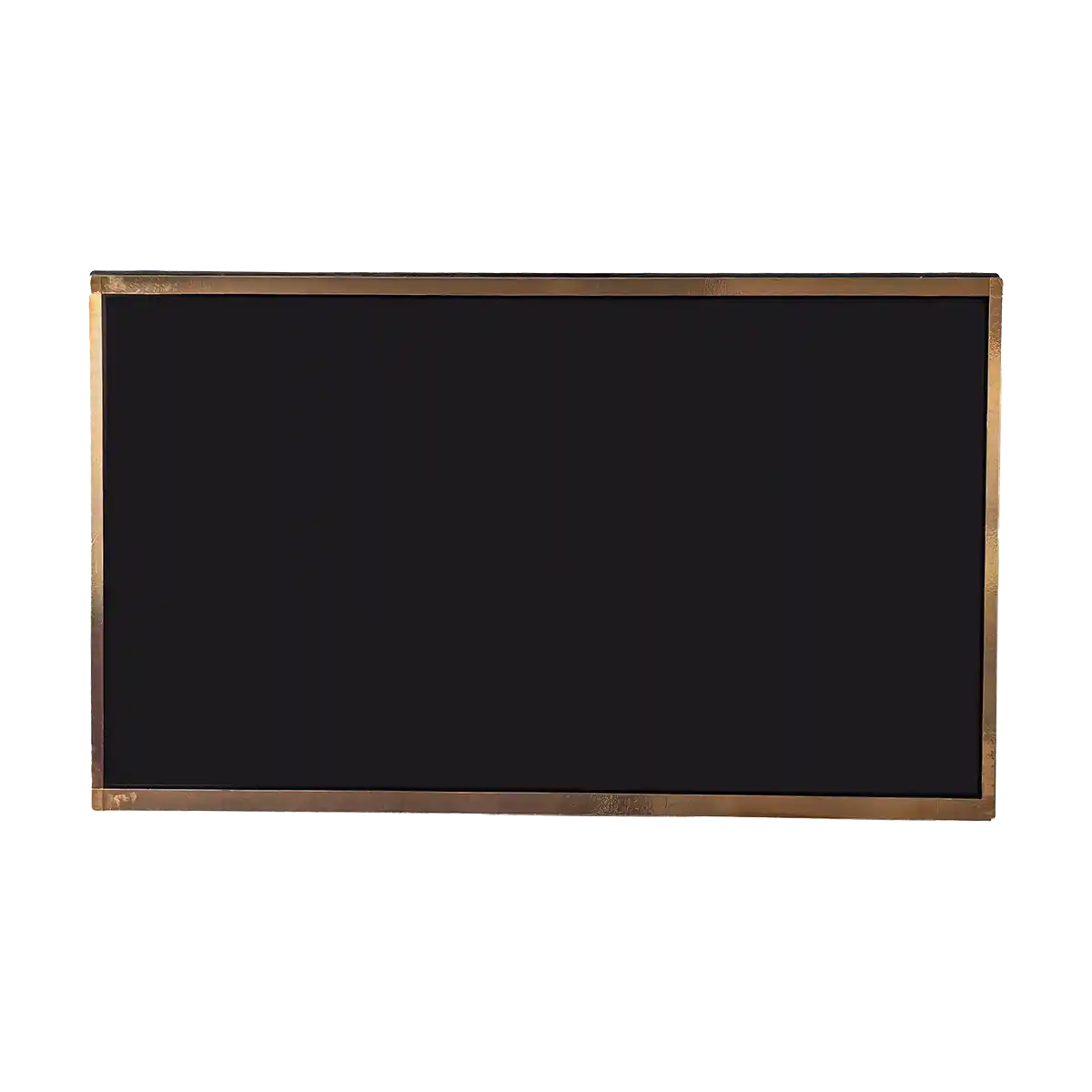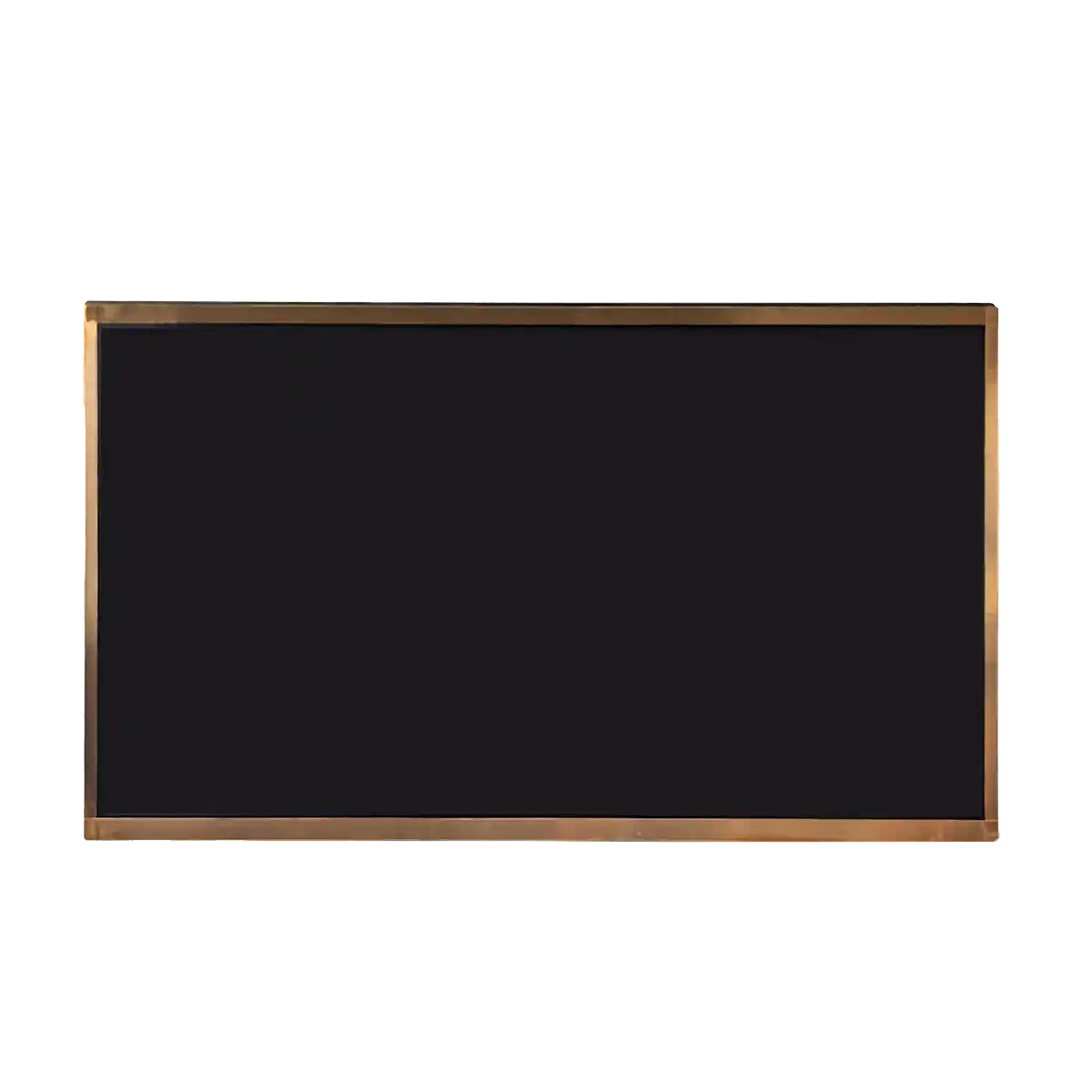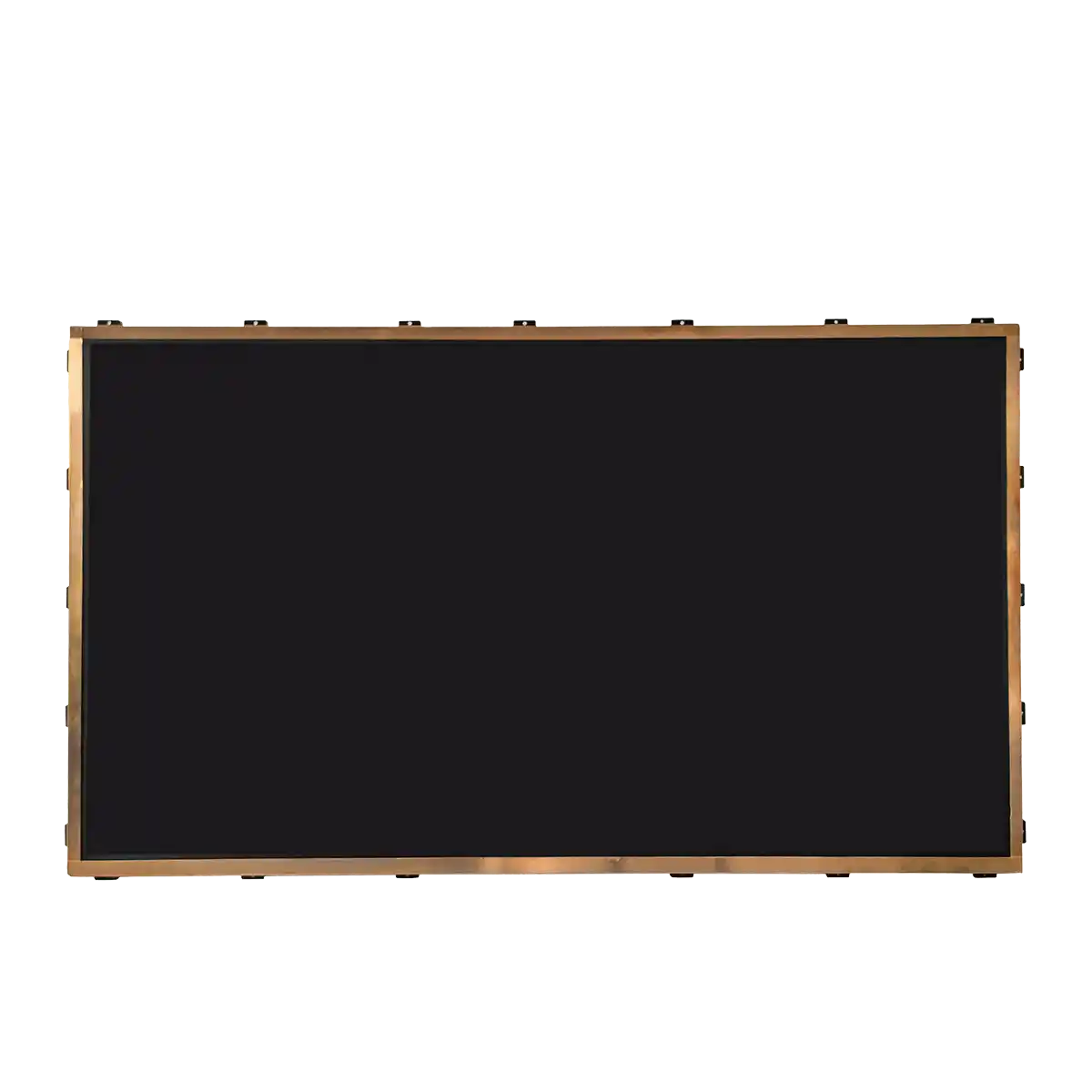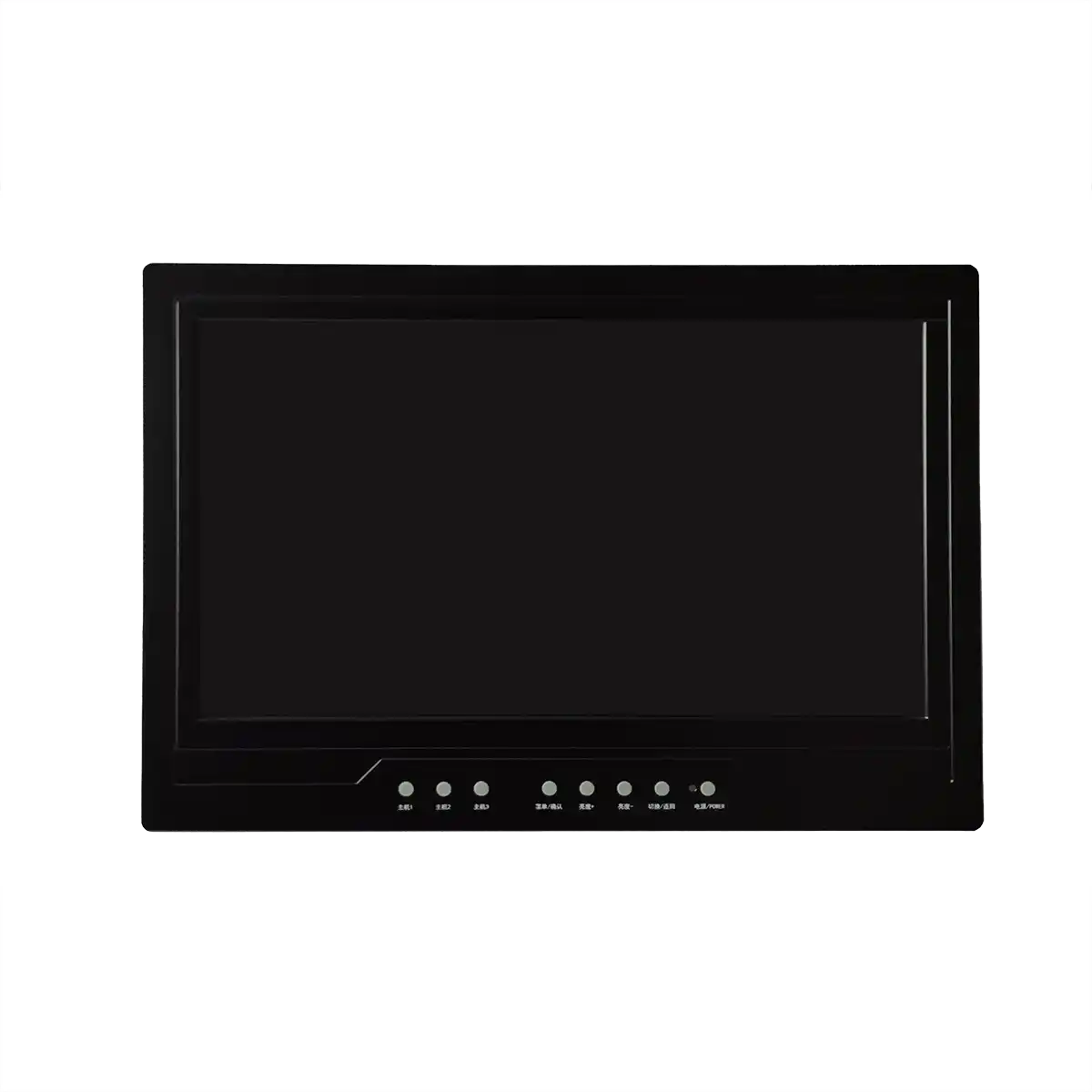The Evolution of Industrial LCDs for Diverse Conditions
Industrial LCD screens, or Liquid Crystal Displays (LCDs), have undergone significant evolution to meet the demands of diverse environmental conditions. LCDs are a pivotal technology in various sectors, including manufacturing, healthcare, transportation, and consumer electronics. Their adaptability to different lighting conditions, temperature extremes, and physical stress is crucial for their widespread adoption. This article explores the advancements in LCD technology that have enabled them to thrive in industrial settings, focusing on improvements in sunlight readability and other relevant characteristics.

The development of Industrial LCD screens has been driven by the need for high performance in challenging conditions. These screens must be readable under direct sunlight, endure extreme temperatures, and resist physical shocks and vibrations. Here are some of the key technological advancements:
1. Sunlight Readability: One of the most critical aspects of industrial LCDs is their ability to maintain readability under bright light conditions. This has been addressed through various strategies, such as increasing the brightness of the display, using anti-reflective coatings, and employing advanced backlight technologies. For instance, the use of MiniLED backlighting offers high brightness without the burn-in issues associated with OLEDs, providing excellent sunlight readability while maintaining reliability and lower costs .
2. Wide Viewing Angles: Industrial LCDs often need to be viewed from multiple angles, requiring a wide viewing angle that maintains color accuracy and image quality. Technologies like In-Plane Switching (IPS) have been developed to provide superior viewing angles compared to the traditional Twisted Nematic (TN) mode, which can suffer from image distortion when viewed off-axis .
3. Temperature Resistance: Industrial settings can expose LCD screens to a wide range of temperatures. Industrial LCDs are designed to operate in extreme conditions, with some models capable of withstanding temperatures from -30°C to 80°C. This allows them to function in both freezing and scorching environments.
4. Vibration and Shock Resistance: In industrial and transportation applications, LCD screens must be able to endure mechanical shocks and vibrations. Industrial LCDs are often fitted with strengthened glass and housed in robust casings to protect them from physical damage.
5. Touch Functionality: Many industrial applications benefit from touchscreen capabilities, which require responsive and accurate touch controllers. Industrial LCDs can be equipped with resistive, capacitive, or projected capacitive touch technologies, allowing for user interaction even when wearing gloves or in wet conditions.
6. Energy Efficiency: In mobile and remote applications, power consumption is a critical factor. Industrial LCDs are designed to be energy-efficient, with features such as automatic brightness adjustment and low-power modes to extend battery life.
The evolution of industrial LCD screens has been marked by significant improvements in sunlight readability, viewing angles, temperature resistance, and durability. These advancements have been crucial for their adoption across various industries, where they provide reliable and clear information display even under the most demanding conditions. The future of industrial LCDs is likely to include further enhancements in display technology, such as the development of even more energy-efficient and brighter displays, as well as the integration of advanced materials and manufacturing processes.
Recommended Articles
-
The 'Threshold' of Industrial Displays: Why AUO G101SAN01.2 Emerges as the Preferred Choice for the Majority of Clients
2025-02-26 -
BOE EV101WXM-N80 10.1-inch LCD Module Review
2025-02-18 -
What is the difference between quantum chips and quantum dot technology?
2024-12-11 -
Are the displays in Tesla's Cybertruck and Robovan the same as you imagined?
2024-12-10 -
Interpretation Report on AUO's New Generation Smart Cockpit
2024-12-05 -
ADS Pro: The Future of Display Technology
2024-12-04 -
The Trajectory of South Korea's LCD Industry Amidst Political Fluctuations and Technological Transition: Challenges and Opportunities Coexist
2024-12-04 -
Practical Applications of Industrial LCD Screens: The Perfect Blend of Professionalism and Customization
2024-09-26 -
Hangzhou LEEHON Technology supplies BOE GT080X0M-N12: High quality 7-inch TFT-LCD module solution
2024-09-14 -
How to Check for Issues in Industrial LCD Panels
2024-09-11 -
How does an LCD screen find individual pixels?
2024-09-11 -
What is the difference between eDP and LVDS?
2024-09-11 -
In-depth analysis of the development of automotive display technology
2024-09-10

